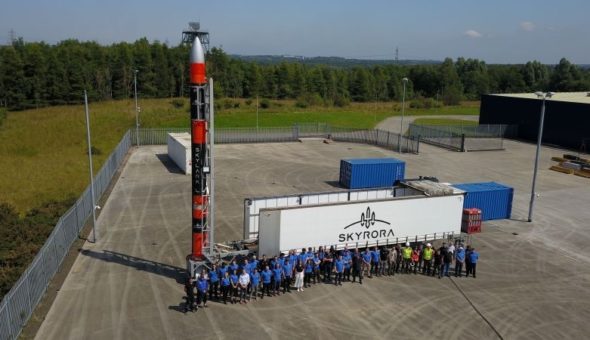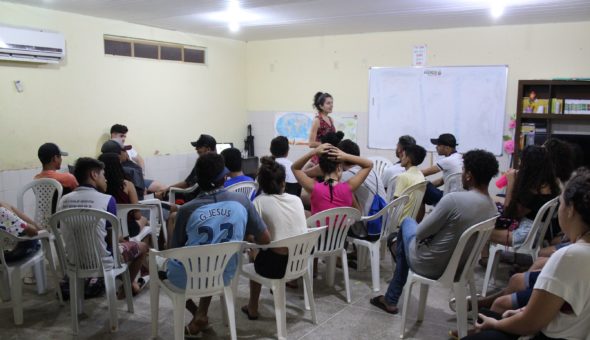Jonathan Barnard is a final-year PhD student working on adsorbent structures for air purification. In 2020, Jon carried out a remote internship with Avon Protection.
For three months in early winter 2020, I spent some time with Avon Protection completing a placement. Avon Protection produce respiratory protective filters which filter harmful gases to produce breathable air for the user in a hazardous situation. Applications and the types of filters can be wide-ranging, from protection of military personnel to civilians in building fires, with the latter being the focus of my research.
My placement began with a visit to the Avon Protection offices for an initial project brief before we went back into our second lockdown due to the coronavirus. I had to quickly adapt once again to working from home, but this time with the added complication of starting my placement.
The project
During my time working with Avon, we looked at filter performance - specifically from the perspective of purifying the air from a toxic gas and how the filter was designed to reduce breathing difficulty while the device was being worn.
The filter uses a porous granular material, which is great for capturing harmful gases but also causes the air to twist and turn through the filter, making it hard to breathe through. By using detailed computer-aided design (CAD) drawings I was able to develop a three-dimensional representation of the device. By creating a dynamic model of how air with toxic components flows through the filter, and how these toxic components are captured on the granular material, we were able to analyse how well the filters were working.
The model helped us conclude that there were some possible design improvements. For example, we found that a small redesign in the cartridge could potentially improve the capture of toxic components in the filter.
The collaboration
Modelling a system accurately relies on experimental data. By collaborating with colleagues at the University of Bath, Avon Protection, and an additional external partner, DSTL, I was able to obtain critical model parameters and experimentally verify the results of the model.
This was challenging due to the remote nature of the work in addition to balancing the requirements of each collaborator. Luckily, all parties were very accommodating which made the process far easier.
Respond



